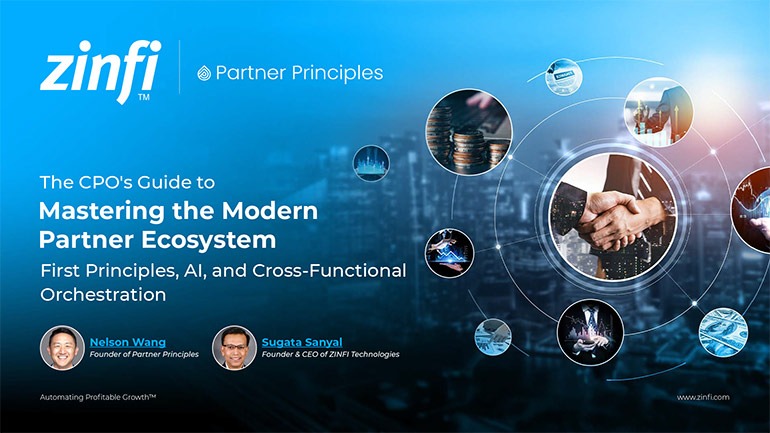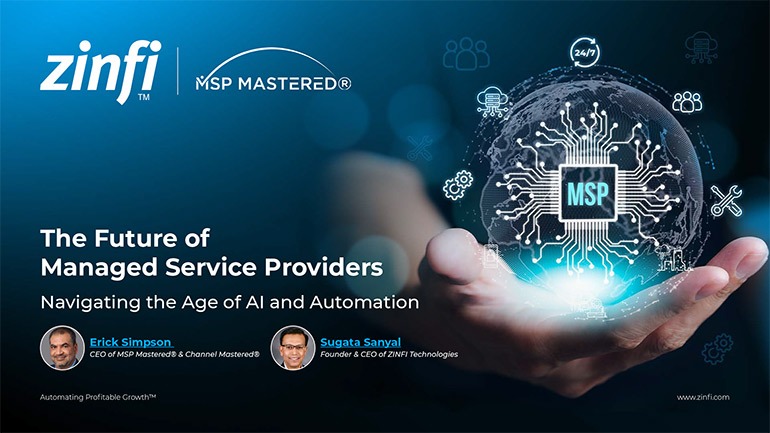Best Practices Articles

Lead Management. Leads Everywhere. How to Build the Right Organization?
In my previous article on lead management, I discussed how to develop the right lead generation and management strategy by tying it to market segments, product types, pricing, complexity and other factors. In this article, we will explore the best way to build an organization that can implement your lead management strategy for your business, as well as for your channel partners.
As I noted in my previous article, the topic of lead management is vast. In order to provide examples of an exemplary organizational structure for lead management, I am going to make assumptions around three types of products and services. While these three solution types by no means represent that vast array of products and services are out there, they should give you a good idea of what is required from an organizational perspective
- Transactional product – Let’s assume you are selling a transactional product that costs less than $10,000, but does require some installation support from your partner or reseller. This price point may not be exceptionally high, but it is substantially more than the few hundred dollars you might spend on a product you can buy directly (without the support) from an online store. I pick this price point because it is relatively low in the context of B2B sales, and yet an inside sales organization can be supported selling at this price. On the other hand, a price point lower than this would require a mass marketing approach that includes building out a high-volume sales infrastructure. For the sake of our discussion, let’s assume your gross margin on this price point is relatively high (north of 65%).With a product of this nature, it is difficult to have any high-touch lead generation mechanics. Your marketing approach needs to have a highly automated way of generating interest, and yet it must qualify leads through a structured nurturing process. While you may have a few inside sales rep who run through the nurture data and distribute those leads to your partner base, it is the partner who will actually need to set up a structured qualification process. This is why, before you spread the leads across multiple partners, it is essential to have clear agreements with a few partners who will have the dedicated sales resources to qualify these leads and follow up for closure. Why am I suggesting this? Because you don’t have enough margin per transaction to provide both marketing and sales qualification resources, plus provide a commission to the partner for the transaction. The partner, on the other hand, has the potential of a lifetime revenue opportunity from the end-customer – not just from sale of your product, but also from providing installation, maintenance and upgrade cycles. This allows the partner to focus its resources on driving qualification and closure.
- Solutions product – Let’s assume you are selling a product with an average selling price of $50,000 or more. Reflected in this higher cost is the fact that the product requires quite a bit of planning, designing and installation support. You are also able to sell add-ons, and thereby increase the customer lifecycle revenue to 3 times to 5 times the original sale price. Because your gross margin on this product is 75% or more, there should be sufficient profits for you to invest in an inside sales organization that can qualify leads.From a partner perspective, since higher-priced products generally have a longer sales cycle from lead generation to close, it is reasonable to expect that the vendor has invested enough to qualify a deal. Partner sales resource costs will be significantly higher in this example than in the transactional product example I discussed earlier. If you are the vendor, investing in a central lead qualification team will help you attain the necessary scale to succeed – a lead qualification level that most partners cannot attain. However, once a qualified lead has been handed over to the partner, the partner is trained and competent enough to go close such opportunities.In a scenario like this, it is not unlikely that the partner also will invest in marketing and lead generation, since lifecycle revenue from the end-customer will include multiple components –including original product sale, design, implementation, and maintenance and upgrade revenue, which may be 5 times to 10 times the product price.
- Services product – In this case, we will assume that you are selling some sort of a financial product that has an annual revenue stream – because once the customer purchases it, they will very likely continue to purchase. The lifetime value of such a product could be a multi-million dollar revenue stream for you, as well as for the partner. With a product like this, it is very likely that you not only have a lead qualification team, but also have a direct sales team that actually co-sells with your partner.In this scenario, your partner may be a very large organization which has its own lead qualification and sales teams that operate in parallel with yours. In order to support multiple partners of this size, the organizational structure on the vendor side may be quite complex and relatively large. The sales team may also need financial risk planning and legal team members, which typically would not be part of the first two types of products that I have discussed earlier.
I could keep going on here and come up with more product types with variations on pricing, complexity, sales cycle and more, but I think I have made my point: The core purpose of these three examples is to illustrate the importance of thinking through the relationship between your lead management organization and the specific products and services you are selling through the channel. Depending on the breadth and depth of your products and services portfolios, you may actually need multiple organizational structures within your lead management team. We see that every day in large businesses that sell everything from toothbrushes to rocket engines. This is why lead management is such a broad subject and requires significant thinking and planning to provide the right return on your organizational investment.
Best Practices Guides
 First Principles Drive Modern Partner Ecosystem Success Best Practices
First Principles Drive Modern Partner Ecosystem Success Best PracticesDownload for FREE
 The Future of Managed Service Providers: Navigating the Age of AI and Automation
The Future of Managed Service Providers: Navigating the Age of AI and AutomationDownload for FREE
 Modernizing Channel Marketing: AI and Ecosystem Enablement Best Practices
Modernizing Channel Marketing: AI and Ecosystem Enablement Best PracticesDownload for FREE
 The Channel’s Shift to Partner-Led With AI Best Practices
The Channel’s Shift to Partner-Led With AI Best PracticesDownload for FREE
 Hyperscalers, ISVs, and AI: Shaping the Future of B2B Software Distribution
Hyperscalers, ISVs, and AI: Shaping the Future of B2B Software DistributionDownload for FREE
 Definitive Guide to a Partner Ecosystem-First Sales Strategy
Definitive Guide to a Partner Ecosystem-First Sales StrategyDownload for FREE
 The Partner-Led Digital and AI Transformation Best Practices
The Partner-Led Digital and AI Transformation Best PracticesDownload for FREE
 Startup Talent Recruitment: Hiring Missionaries, Not Mercenaries
Startup Talent Recruitment: Hiring Missionaries, Not MercenariesDownload for FREE
 The Future of Partner Relationship Management with AI in Partnerships
The Future of Partner Relationship Management with AI in PartnershipsDownload for FREE
 Cybersecurity for the 99%: Strategies from the Frontline
Cybersecurity for the 99%: Strategies from the FrontlineDownload for FREE
 Mastering Partner Relationships: A Strategic Approach to Business Growth
Mastering Partner Relationships: A Strategic Approach to Business GrowthDownload for FREE
 Mastering Partner Relationship Management: Keys to SaaS Channel Success
Mastering Partner Relationship Management: Keys to SaaS Channel SuccessDownload for FREE